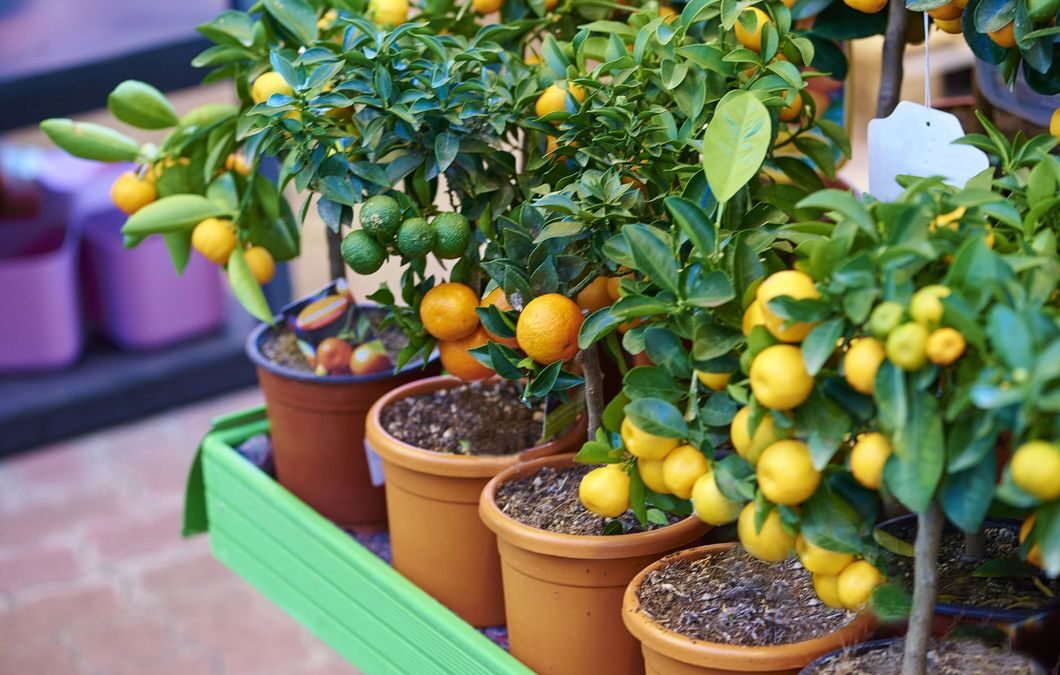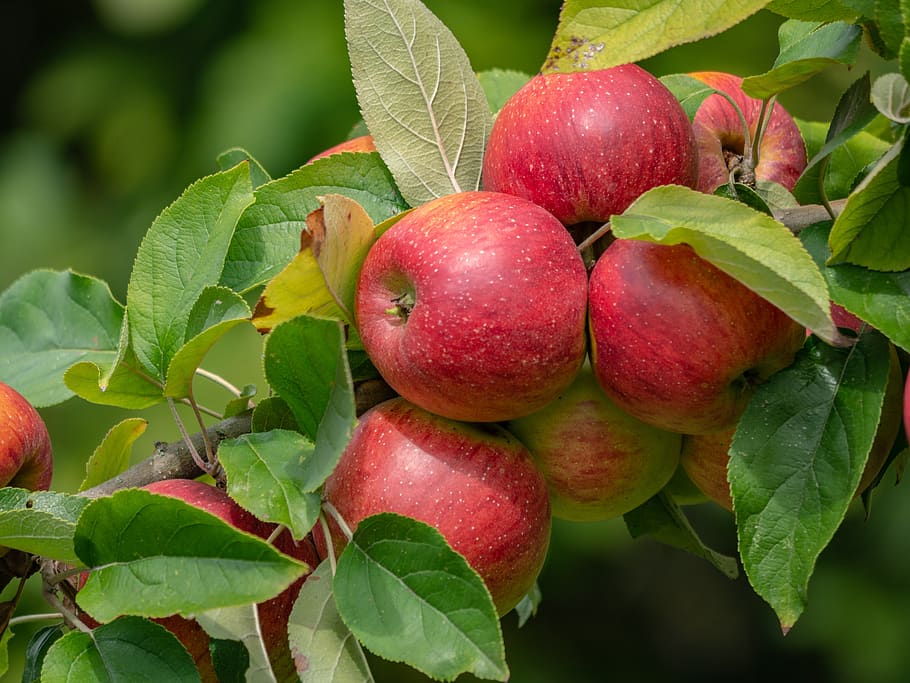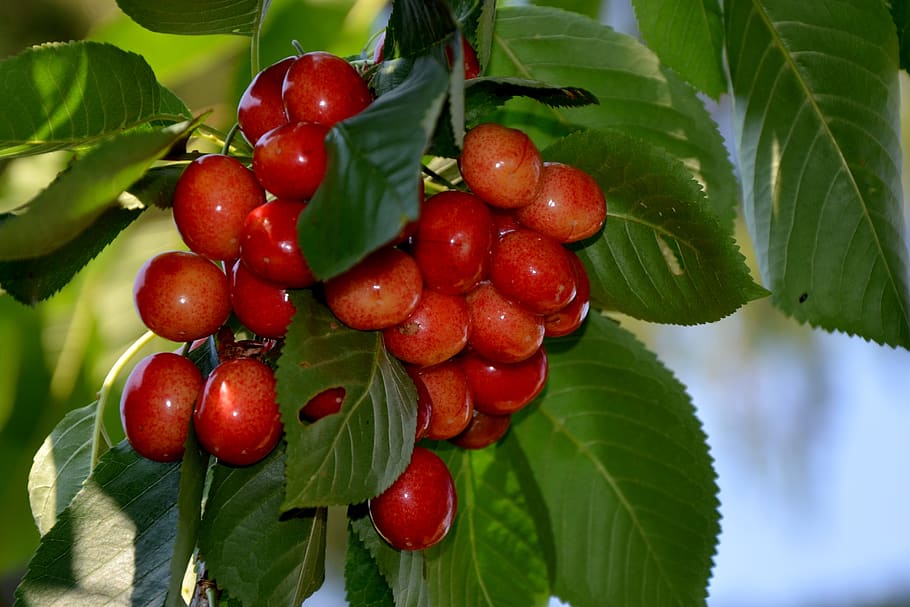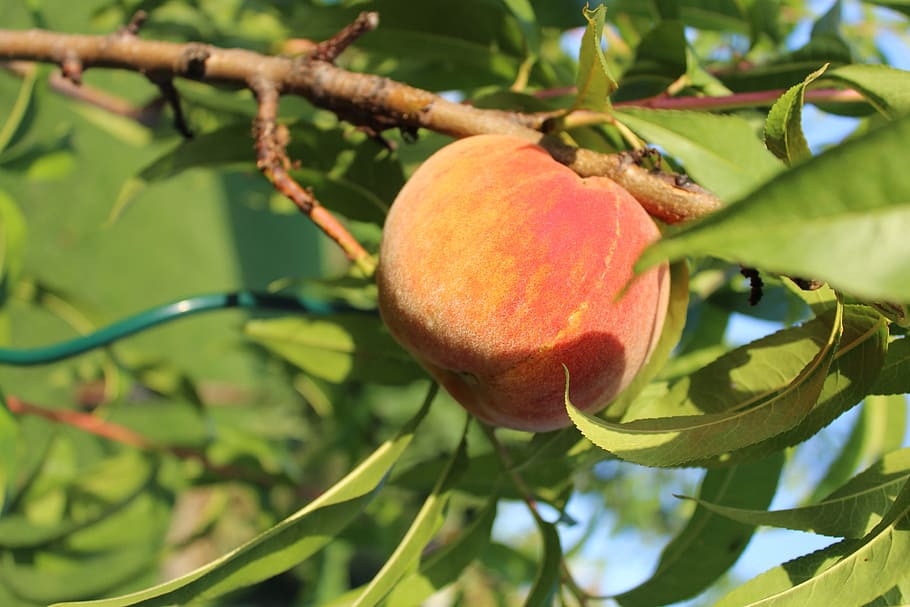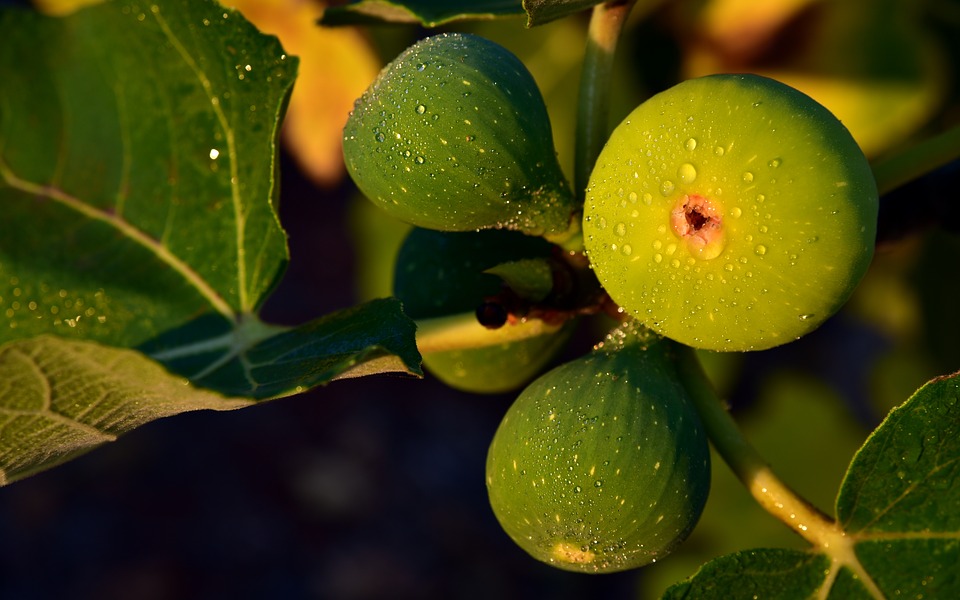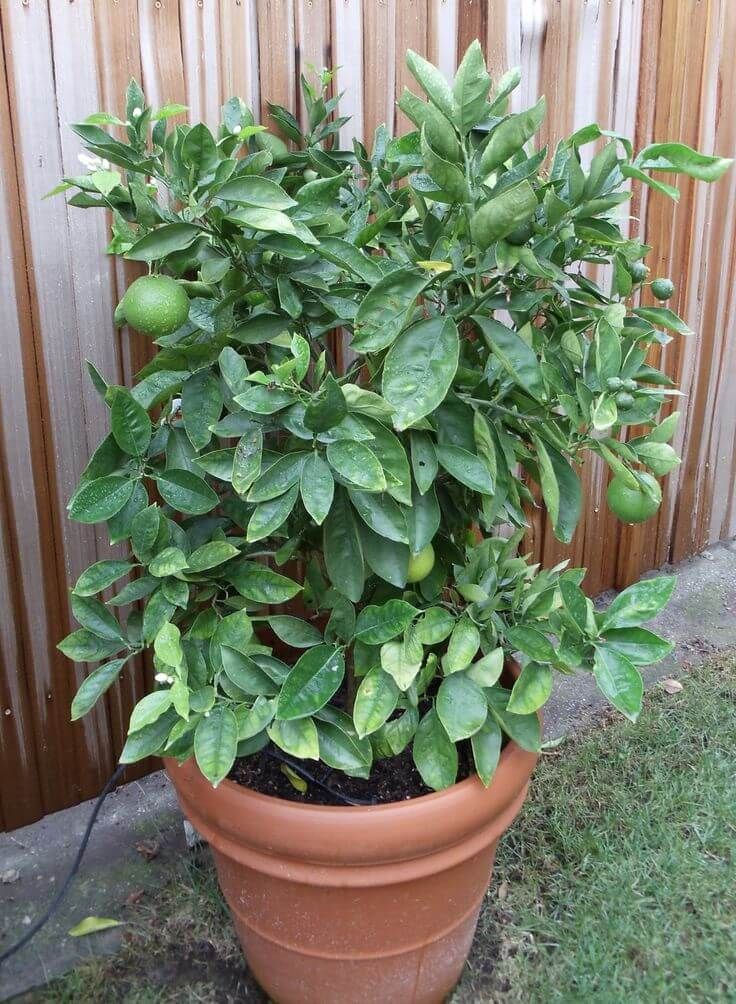| Getting your Trinity Audio player ready... |
People all over the country are improving their yards (and their diets) by growing their own fruit, joining the rapidly expanding Grow Your Own movement. Some people are fortunate enough to have enough land to grow an orchard, but those of us who don’t have as much space may feel that they don’t have many options.
That is not the case however! If you live in an apartment, have limited or no outside space, or simply want something to put on your patio, consider growing fruit trees in pots. You may want to think about doing so in any case if you want to save money, as fresh fruit prices are sure rising in the stores. Avocado toast with avocados picked fresh from your own tree? Sounds like a great plan to me.
In this article, I’ll go over everything you need to know to get started with this enjoyable and surprisingly simple process, as well as some of the best fruit tree selections for our Houston, Texas climate.
Choosing the Right Containers for Your Patio Trees
The majority of people prefer to cultivate fruit trees in containers since they are more portable. The optimum container size for this purpose is around 10-15 gallons – large enough to support a tree yet small enough to move around.
This size is ideal for growing in a window, on a balcony, or on a patio, since it allows you to move the tree inside for safety if the weather turns too chilly. It’s also useful if your tree needs to be moved to an unheated garage, shed, or basement during the winter.
Containers are also ideal for growing warm-weather plants such as citrus trees, banana plants, and fig trees in locations where the environment is cooler than where they would usually thrive. Add to all of this the fact that the containers themselves can enhance your outdoor spaces if you choose a more decorative option and container tree gardening becomes even more appealing!
Begin by preparing a 5- or 7-gallon container. The tree will eventually become root-bound as it develops within its container. You can re-pot it into a larger container before this happens. Your tree’s lack of vertical growth will indicate that it has become root-bound to its current container. It will continue to produce leaves and even fruit at this stage, but you should start looking for something larger to promote continued development and higher production.
Your tree will not grow for very long if it does not have enough drainage, regardless of its size. Make sure your container has holes (typically on the bottom and/or sides) to allow any extra water to drain and air to reach the soil. This will help you avoid diseases like root rot, which can be devastating to any tree.
Soil Considerations for Your Tiny Trees
It is critical to select the appropriate soil. The best soil for container planting is potting soil, which is readily available at your local garden supply store or even online, and is expressly intended for container planting.
Because top soil is prone to compacting, you should avoid using it. Water runs down the inside corners of the container and out the bottom, hardly reaching the tree’s roots, due to compacted soil.
When you’re ready to fill your container, start by adding a layer of gravel or rock to the bottom to aid drainage. Then, lay your tree in the center of the pot, erect and straight, with some of your soil mix for the roots to rest on. After that, fill the container with the rest of your soil until the tree is securely in place. Just like you would if you were planting your tree in the ground, push the soil down around the roots to remove any air pockets. Give it a good watering and you’re good to go!
Watering Your Potted Trees the Right Way
Overwatering is one of the most serious hazards to a young potted tree. It is critical to maintain a close eye on the tree once it has been put in the container and to only water it when necessary.
While you should keep the soil moist but not completely dry, daily watering may not be necessary. When the soil is dry to the touch a couple inches below the surface, water it. The sun may contribute to the drying out of your tree, so be careful of your tree’s exposure. If the tree is moved at different times of the year, this can change.
Mature trees in containers outdoors consume a lot of water during the months when they are in full leaf (late spring and summer). Until the temperatures decrease and the trees begin to harden up for the winter, your mature, leafed-out trees may benefit from daily watering. During the growing season, pay extra attention to your trees’ water requirements!
Fertilizer is often incorporated in potting soil mixes. If you use a mix like that, you won’t need to fertilize at all when it’s time to plant. During the growing season, however, you may choose to apply nutritional soil additives. If you do, choose a compost tea/manure mix, or a water-soluble fertilizer for the best results.
Top Container Fruit Tree Choices
So which fruit trees grow well in containers and offer both nutritional and aesthetic benefits? Here’s a look at some top choices:
Apple Trees
Dwarf apple trees thrive in pots or tubs and are ideal for backyards, patios, and sunny balconies.
If you don’t have a lot of room, consider a self-pollinating type that only requires one plant to produce fruit.
Orange Trees
Even if you’re not planning to start your own juice company, sweet orange trees add a pop of vibrant color against deep green leaves that can become the centerpiece of your ornamental garden. Oranges and other citrus fruits will grow well in pots situated in a sunny position.
Orange trees need at least 8 hours of sunlight a day and grow best in warmer climates like ours, but, when you choose the right container, can still be moved indoors if a sudden cold snap hits.
Cherry Trees
Some cherry trees can take up to four years to bear fruit, but you can enjoy their lovely white or pink blossoms in the meantime. Because birds love cherries, netting may be required to avoid having the local avian population steal all your fruit!
Peach Trees
Another popular fruit tree that can be planted in containers are peach trees. Dwarf types of peach and nectarine trees are available. The majority of dwarf varieties are self-pollinating and grow to a height of 6 – 8 feet (1.8 – 2.4 m).
Fig Trees
Because they don’t mind having their roots constrained, fig trees are a wonderful choice for container gardening.
Fig trees like warm summers and moderate winters, which is why they thrive in places like Houston. Suckers that grow around the base of the tree can be plucked and used to grow more trees throughout the growing season.
Pick figs when they are somewhat soft and have a delicious aroma. Because figs don’t continue to ripen once picked, it’s preferable to pick them only when you need them.
Avocado Trees
Avocado trees in containers are constrained by the container’s size as well as pruning.
Because young avocado trees are prone to sunburn, they may require some shade in the hot afternoon sun. Avocados ripen on the tree but aren’t ready to eat until they’re picked, so if you are depending on them for a special recipe, pick them a day or two in advance.
Need help decorating or organizing your outdoor living spaces before you add your new fruit trees? Book a Zoom consultation, so we can discuss how Just Organized By Taya can help you.
- The 30-Minute Fall Reset: A Strategic Habit to OrganizeYour Busy Season - October 2, 2025
- The Ultimate Guide to Organizing and Storing Pet Food (Without Sacrificing Your Home Style) - September 30, 2025
- 25+ Things You MUST Declutter When Selling Your Houston Home - September 25, 2025

